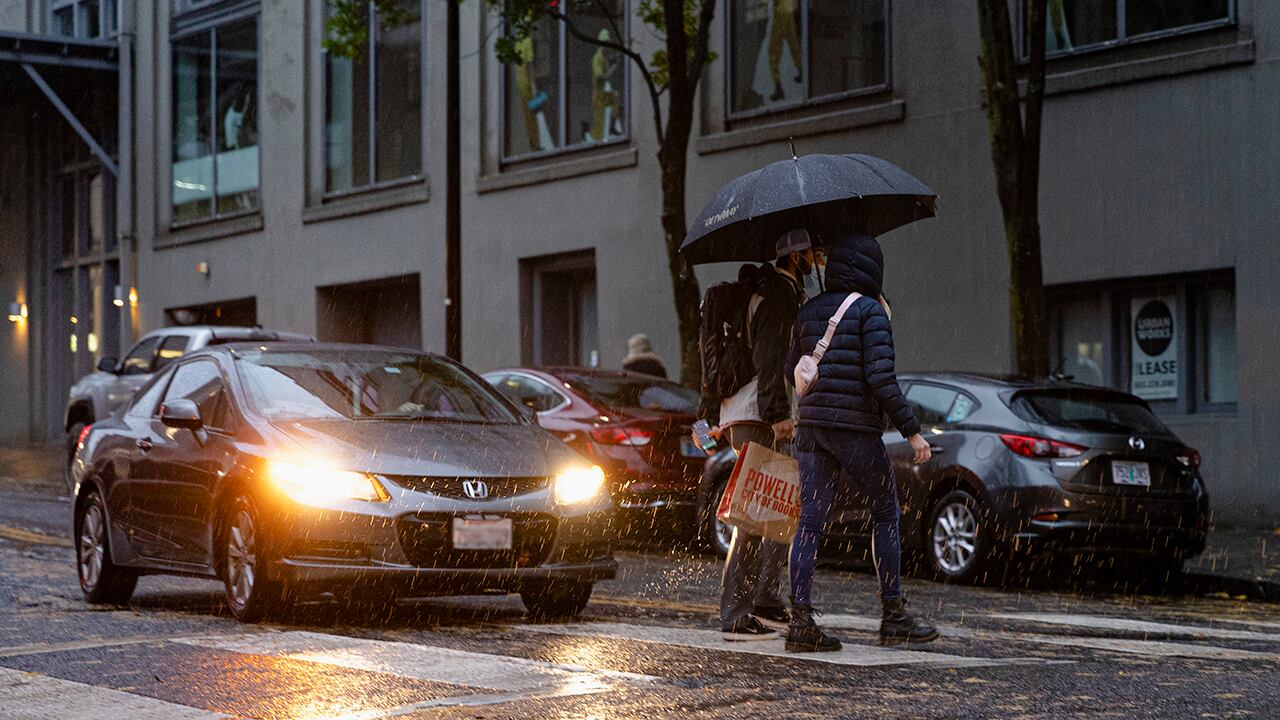In the streets of Portland, Black people crossing the street are three times as likely as white pedestrians to be hit and killed by a vehicle.
The traffic safety nonprofit Oregon Walks is conducting an in-depth study of traffic deaths between 2017 and 2019, and it publicized some major findings ahead of the report's official release set for early next year.
Among the most alarming: 8 of the 48 people fatally hit by cars while walking in the past three years were Black. Oregon Walks calculated the death rate of Black pedestrians was 20 per 100,000—three times the rate of white people.
One likely factor: The pedestrian death rate per 100,000 was three times higher east of 82nd Avenue than it was west of 82nd. That road marks the boundary where East Portland begins. The neighborhoods of East Portland are far more racially diverse than inner Portland, in part because people of color have been economically displaced to the edges of the city.
Timur Ender, an Oregon Walks board member, says the statistic in the report that stands out most to him is how all 48 pedestrian fatalities in Portland over that three-year span occurred in neighborhoods with below median income, meaning none of them were in wealthier areas.
"If we address the disparities, then we will get to zero deaths," Ender says. "We don't want to make walking seem dangerous, but we also recognize that there are systemic challenges to improving safety."
Another reason Black Portlanders are dying in the road is street lighting: 79% of the 48 pedestrian deaths happened in the dark, and every single Black pedestrian was killed in the dark.
Portland Bureau of Transportation spokesman Dylan Rivera says PBOT has spent $8 million on safety improvements in East Portland last year and is currently working on a 13.6 million project this year including new street lighting.
Ender says people should not look at traffic incidents as one-time accidents but rather a result of a systemic problem faced by underresourced neighborhoods and residents.
"I think there needs to be a realization, which is people of color are overrepresented in traffic fatalities," Ender says. "In my mind, this says we need to up the urgency because this is not the only form of trauma black people are facing."
This reporting has been funded in part by a grant from the Jackson Foundation. See more Black and White in Oregon stories here.

